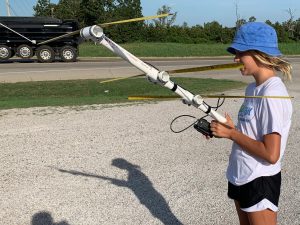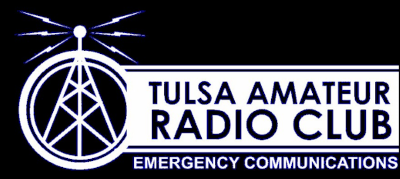|
 Fox Hunt – Photo Courtesy of https://neokamradio.com/ |
Hams do lots of things! A few are:
Jamboree On The Air (JOTA) is the third weekend every October when Scouts all over the world talk to each other on ham radio.
DX – Lots of hams like to talk to other hams around the world and collect postcards called QSL cards to prove they did it. It’s a great way to have fun and learn about geography.
Contests are held many weekends when you try to contact as many people from a certain place or in a certain way.
Public Service at parades & special events – Ham radio operators are often the best people to help with communication at large community events, from small carnivals all the way up to the Boston and New York City Marathons.
Disasters – Hams are often called on to help during fires, floods, earthquakes, and other disasters. At these times, telephone lines and cell phone sites are often damaged or overloaded, and ham radio is the only reliable communication.
Skywarn – National Weather Service uses Hams to report severe weather.
Digital Communications – Some hams hook their computers to their radios so they can send electronic messages, sort of like wireless e-mail.
Camping communications are easy even in the backcountry when you need to get help or just let the folks back home know how things are going.
65 Great Things about Amateur Radio |

